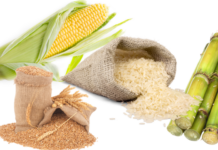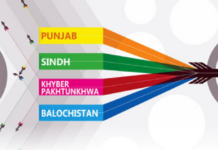The Pakistan Institute of Development Economics (PIDE) unveiled its landmark findings from the first digital Pakistan Panel Household Survey (PPHS) 2024, tracking over two decades of economic and social change. The survey, which covers 8,621 households nationwide, offers crucial data to guide policymaking in Pakistan, particularly in areas such as education, poverty, labor markets, and health.
The PPHS 2024 is the first fully digital survey conducted through tablets for real-time monitoring, improving data accuracy. It introduces new research modules, including learning poverty, disability, financial literacy, and child well-being. Notably, the survey shows that while literacy rates have improved, 34% of Grade 3–8 students still struggle with basic division problems, pointing to severe learning poverty.
Affordability remains a key barrier to education, with 71% of parents citing financial constraints as the main reason for school dropouts. Middle- and matric-level dropout rates are 34% and 21%, respectively, reflecting significant challenges in education access.
Labor market data shows mixed trends, with male labor force participation slightly declining from 80% to 78%, while female participation increased modestly from 23.7% to 26.9%. However, women continue to dominate agriculture and informal sectors, with limited access to higher-value industries.
In terms of intergenerational mobility, the survey found encouraging progress: 9% of younger individuals hold university degrees, compared to only 1% of their fathers. Furthermore, the survey noted a significant improvement in health indicators. Antenatal care coverage rose by 28.5 percentage points, while skilled birth attendance increased by 69.5 points. The rate of home births dropped significantly, and TT vaccination coverage rose by 35 points.
The survey also revealed concerning trends in food insecurity, with only 19.5% of households consistently affording desired meals, and 30% sometimes going without three meals a day. Inflation is identified as the most severe shock impacting livelihoods, affecting more than 60% of households.
In terms of poverty, Pakistan’s rate stands at 30.5%, with rural poverty at 36.6% and urban poverty at 17.8%. While rural poverty has declined from 46.1% to 37.5%, income inequality has increased, as upper-income groups’ consumption rises faster than that of lower-income households.
Social protection coverage has increased, with 22-23% of households benefiting from programs like BISP and Zakat, up from 10% in 2010. About 60% of households also report engaging in charitable giving, though mainly through informal channels.
Dr. Karim Khan, the seminar moderator, highlighted the importance of the PPHS as an invaluable resource for policy analysis and evidence-based decision-making. He noted that the survey’s findings will directly inform policies aimed at reducing learning poverty, expanding women’s economic participation, improving job quality, and investing in child well-being infrastructure.
PIDE announced that the PPHS 2024 microdata will soon be publicly available to researchers and students, alongside a comprehensive 15-chapter technical report prepared by RASTA. Dr. Farooq expressed optimism that the dataset would support numerous PhD theses and policy papers, strengthening Pakistan’s evidence-based policy ecosystem.























